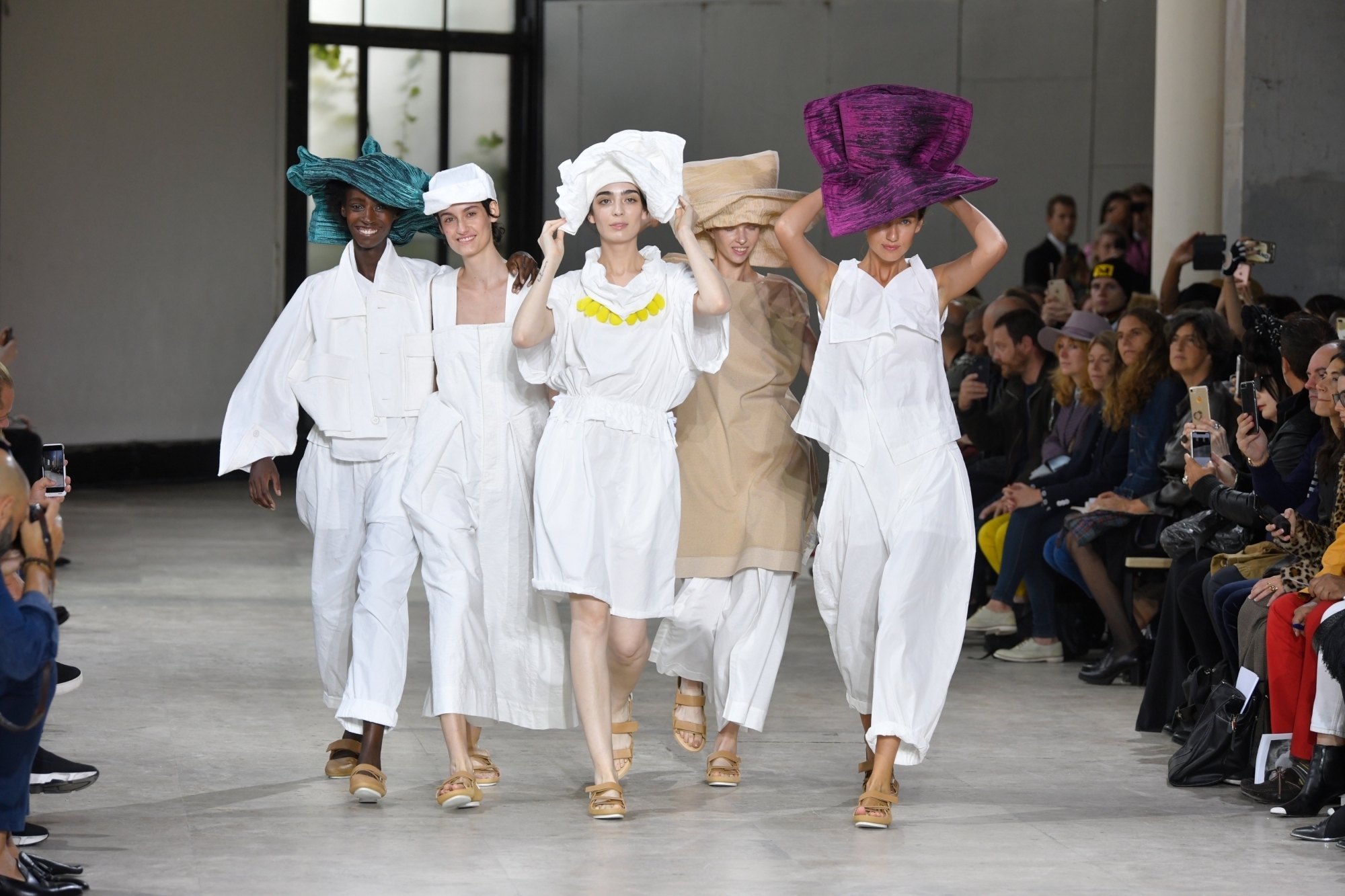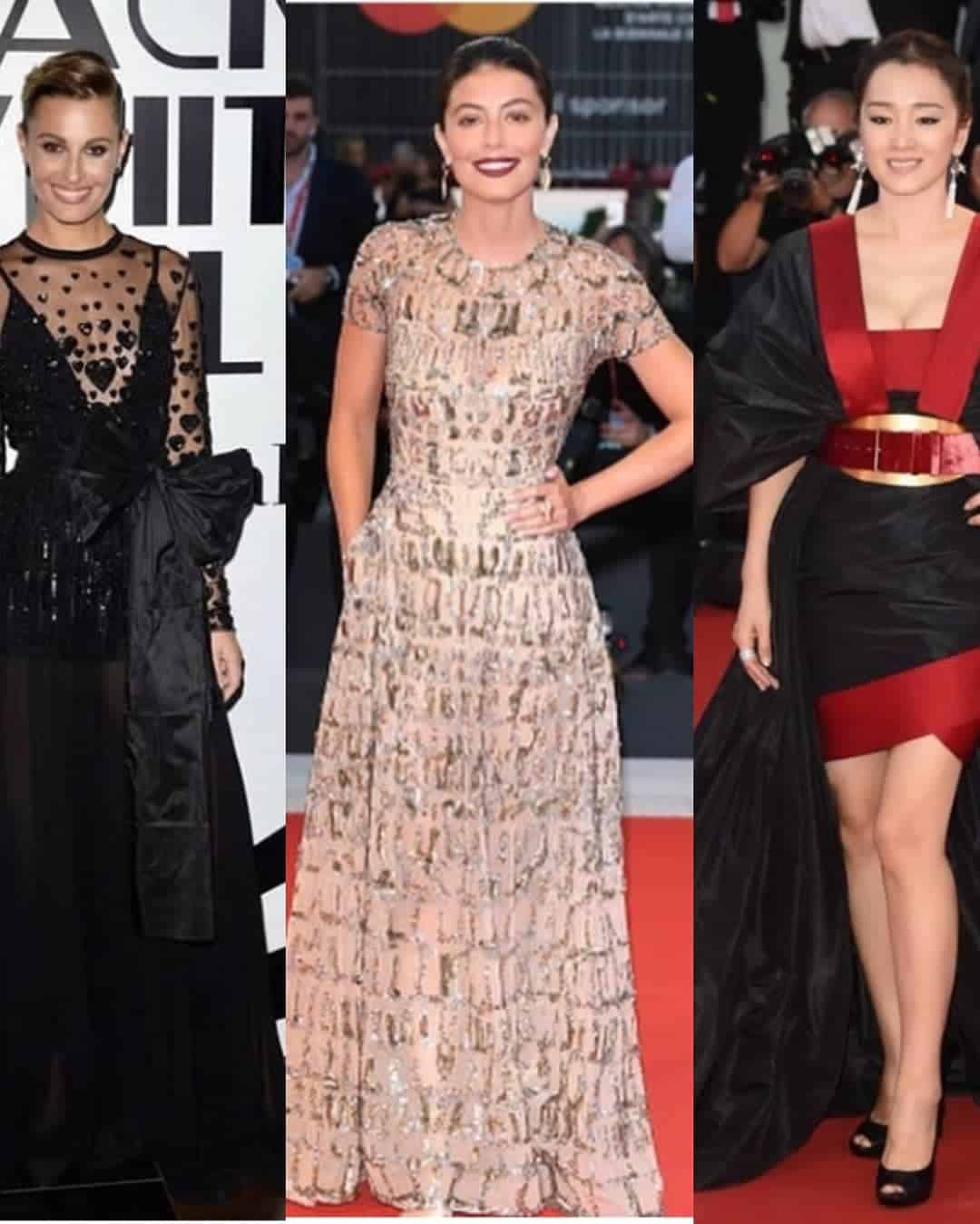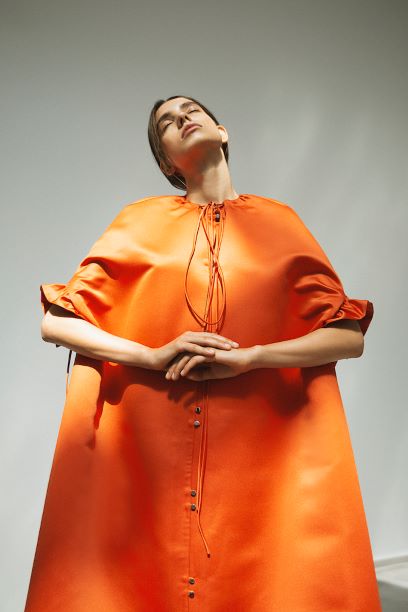Queen Elizabeth's wedding dress and the stolen Syrian inscription
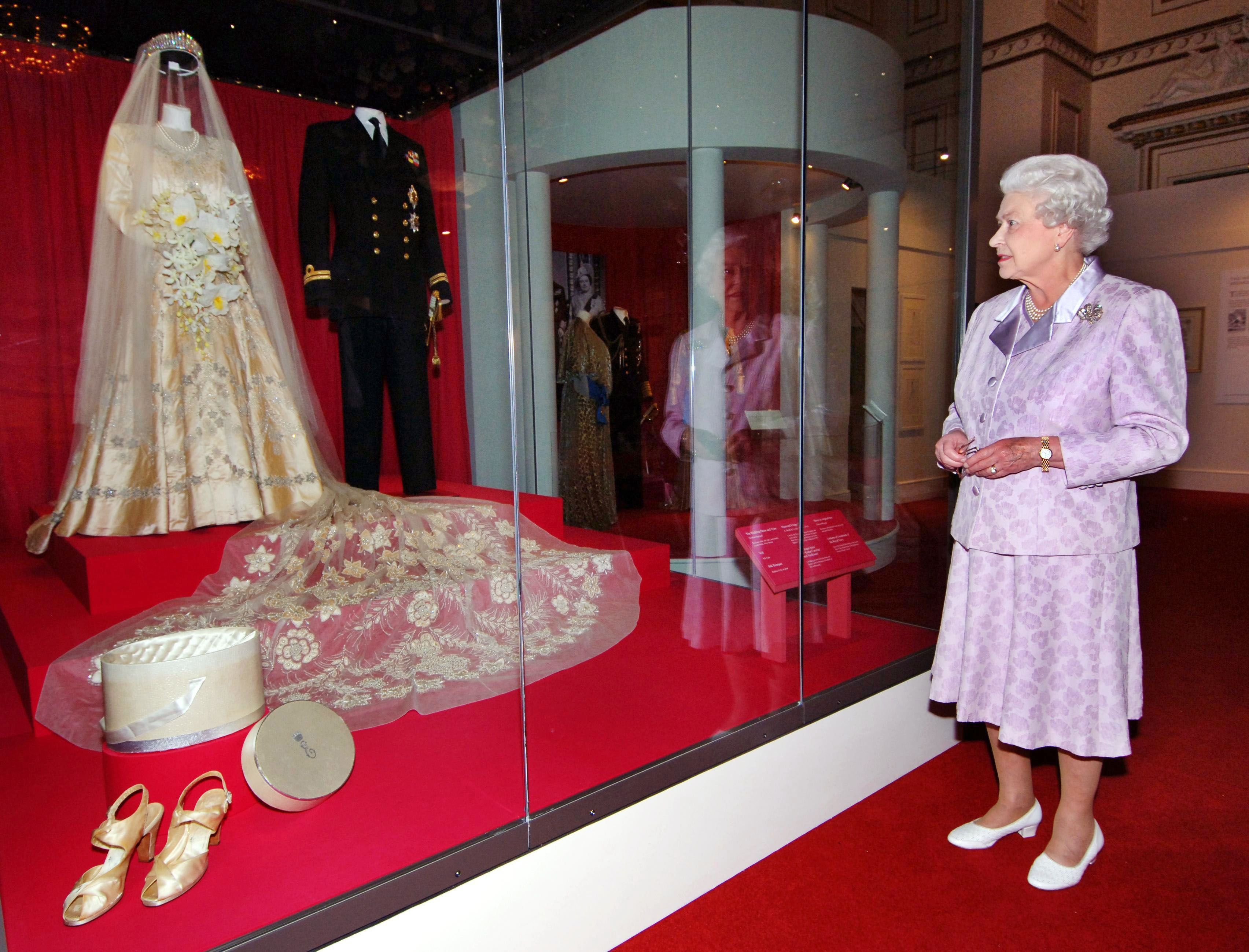
The details of Queen Elizabeth II's life, and the history of her longest reign in British history, are still being talked about since her departure from our world, last Thursday, at Balmoral Palace at the age of 96.
Perhaps the late Queen's wedding dress, who was always known for her elegance, remained for many months, until she appeared on November 20, 1947, at her wedding to naval officer Prince Philip, and everyone waited for him in Britain after World War II.

Speculation about what the 21-year-old princess would wear at the time and before the big day has reached the point where the royal palace had to cover the windows of designer Norman Hartnell's studio to prevent spying, and there is a historical account of the manufacture of the famous dress, titled "Gown".
Behind this stunning dress is a story behind 5 facts about a dress that occupied the world for many months in that period.
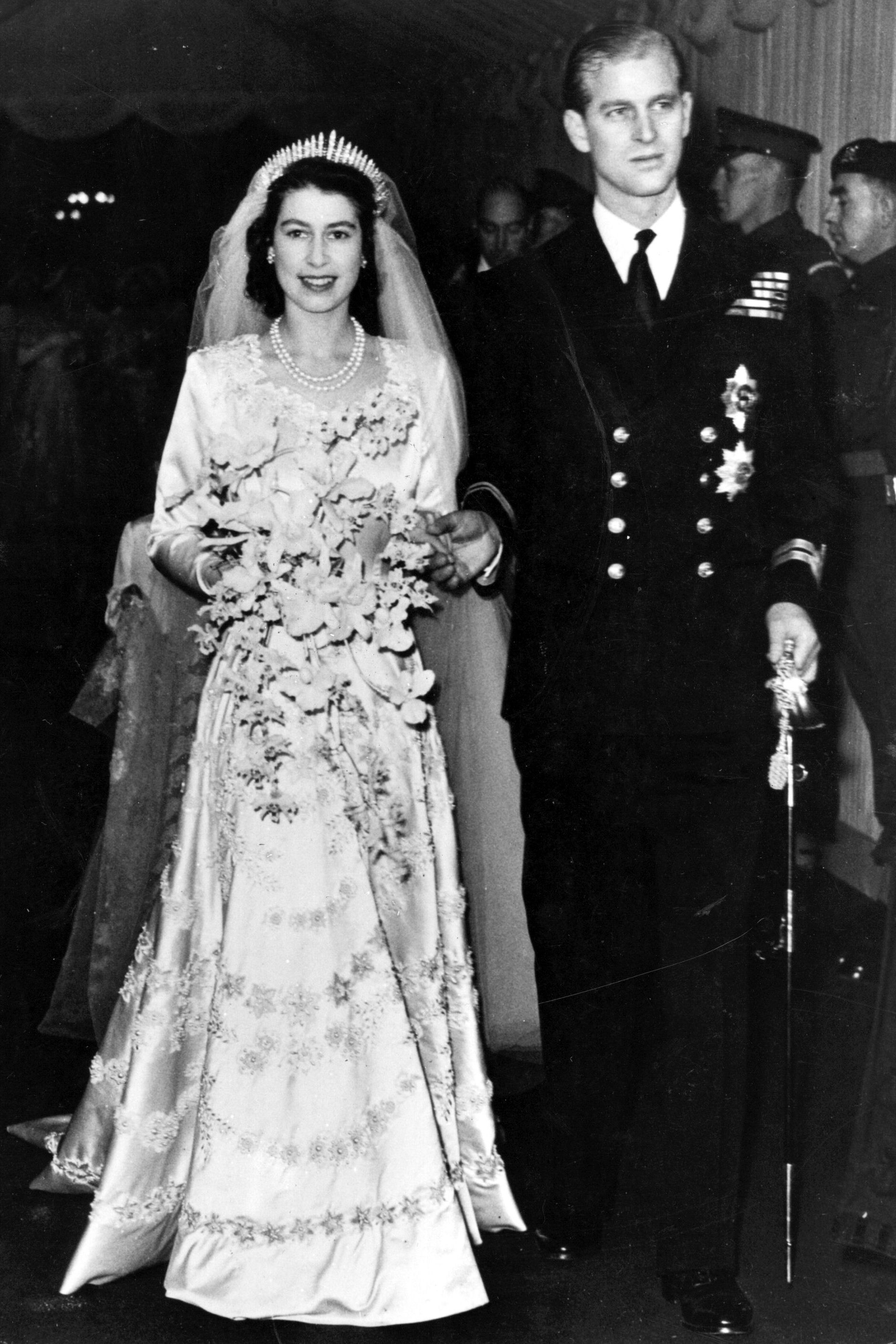
dress design
The famous book stated that the final design of the Queen's wedding dress was approved less than 3 months before the big day.
While brides usually require months to get their dresses ready, tailoring for Princess Elizabeth's gown didn't begin until August of 1947, according to the Royal Collection Trust, less than three months before her wedding.
The design by Norman Hartnell, one of the most prominent fashion designers in England at the time, won the title of "the most beautiful dress he has made so far".
It also took the painstaking effort of the 350 women to launch into the creation of the intricately detailed piece in such a short time frame, and they all swore to secrecy to protect any details about Princess Elizabeth's special day, vowing to prevent leaks to the press.
Betty Foster, the 18-year-old seamstress who worked on the dress at the Hartnell studio, explained that Americans rented the apartment opposite to see if they could get a glimpse of the dress.
While the designer placed tight coverage on the windows of the work room, using white gauze to prevent snoopers, according to the “Telegraph” newspaper.
“The Lover and the Beloved” is a pattern of “Damascus brocade” weaving
Queen Elizabeth chose the “lover and lover” engraving to embroider her dress, a pattern of “Damascus brocade” fabric for which the Syrian capital, Damascus, was famous 3 years ago. It takes 10 hours to make one meter of this fabric because of the delicate and intricate patterns and details.
It is sometimes known as “brocade”, an Italian word derived from the word brocatello, meaning an elaborate silk cloth embroidered with gold or silver threads.
In 1947, the then Syrian president, Shukri al-Quwatli, sent two hundred meters of brocade fabric to Queen Elizabeth II, where he was weaving brocade on an old loom dating back to 1890 and took 3 months.
The Queen also wore a dress of damask brocade again upon her enthronement as queen in 1952. It is decorated with two birds and is kept in the Museum of London.
Coupons to pay the price
In another surprise, British women gave Princess Elizabeth their ration coupons to help pay for the dress, due to the austerity experienced by the country after World War II.
Austerity measures then meant that people had to use coupons to pay for clothes, and the British women sold their shares to the queen's dress.
And while the then British government gave Princess Elizabeth an additional 200 ration vouchers, women across the UK were so happy to see her getting married that they mailed her their vouchers to help cover the dress, in a show that was so moving.
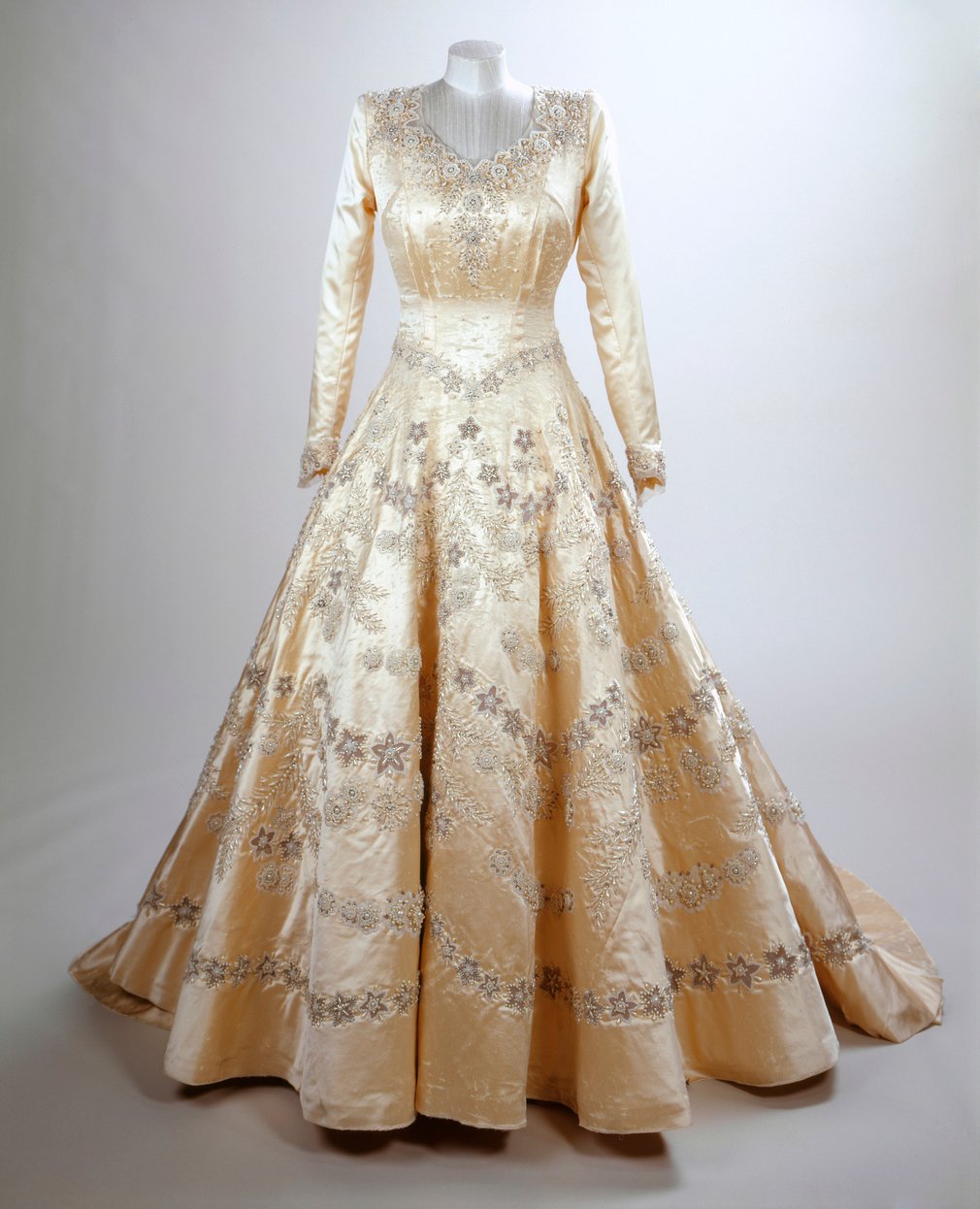
dress story
The princess' dress was inspired by Botticelli's painting, where Hartnell's wedding dress inspiration came from an unusual place.
The famous Italian artist Sandro Botticelli’s painting “Primavera” was the source of the idea, and the word “Primavera” means spring in Italian, and the painting shows a perfect way to combine the new beginning of the wedding as well as the new beginning of the country after the war, where Princess Elizabeth was covered with intricate motifs of flowers and embroidered leaves With crystals and pearls.
The Royal Collection Trust website reported that designer Hartnell emphasized the need to assemble the motifs into a design that matches the flower bouquet.
dress details
Perhaps one of the most notable details was that her look was adorned with 10.000 hand-embroidered pearl beads on the dress's fabric.
Information confirmed that the late queen did not try to wear the dress or try it on until her wedding day, unlike members of the royal family who take their time to prepare wedding dresses.
It turns out that then-Princess Elizabeth didn't actually know if her dress would fit properly until the morning of the wedding.
She told Foster, the aforementioned seamstress, that Elizabeth's dress had been delivered on the day of the wedding in respect of tradition that it would be unlucky to try it in advance.
On Sunday, the Queen's body was transported by car through remote villages in the Highlands to Edinburgh, the capital of Scotland, on a six-hour journey that will allow her loved ones to bid her farewell.
The coffin will be flown to London on Tuesday, where it will remain at Buckingham Palace, to be carried the following day to Westminster Hall and remain there until the day of the funeral, which will be held on Monday 19 September at Westminster Abbey at 1000 a.m. local time (XNUMX GMT).

